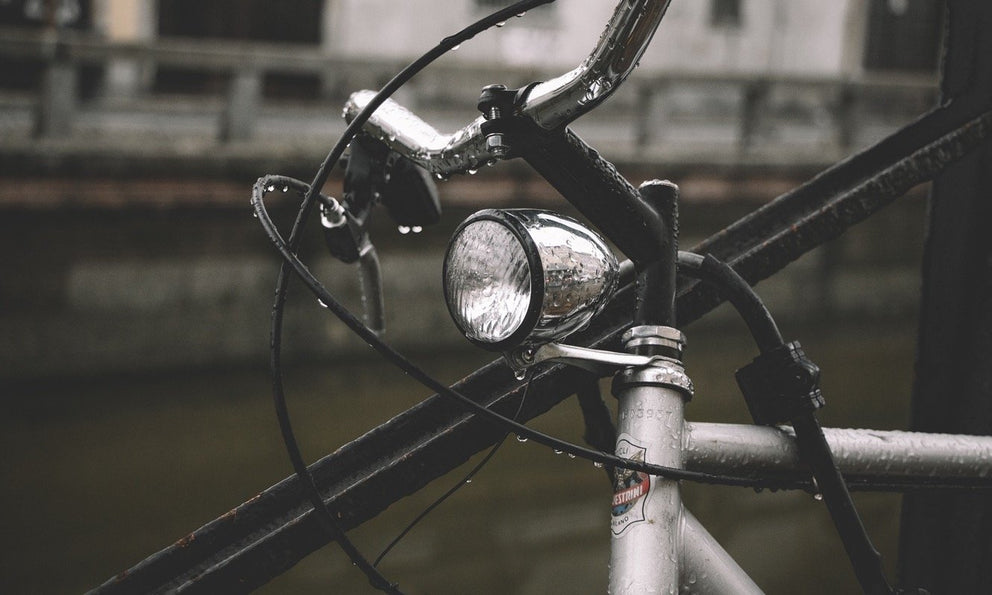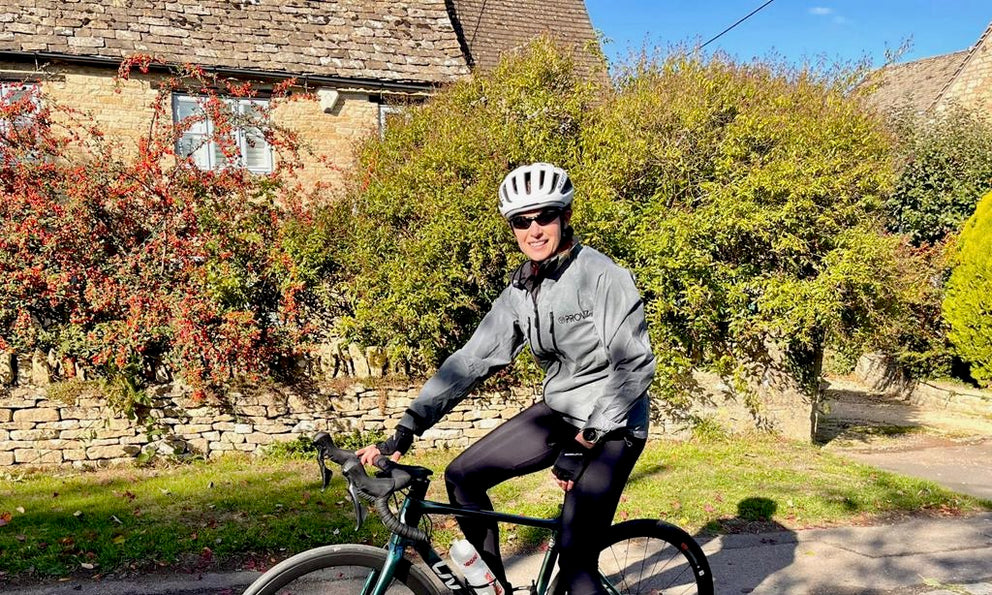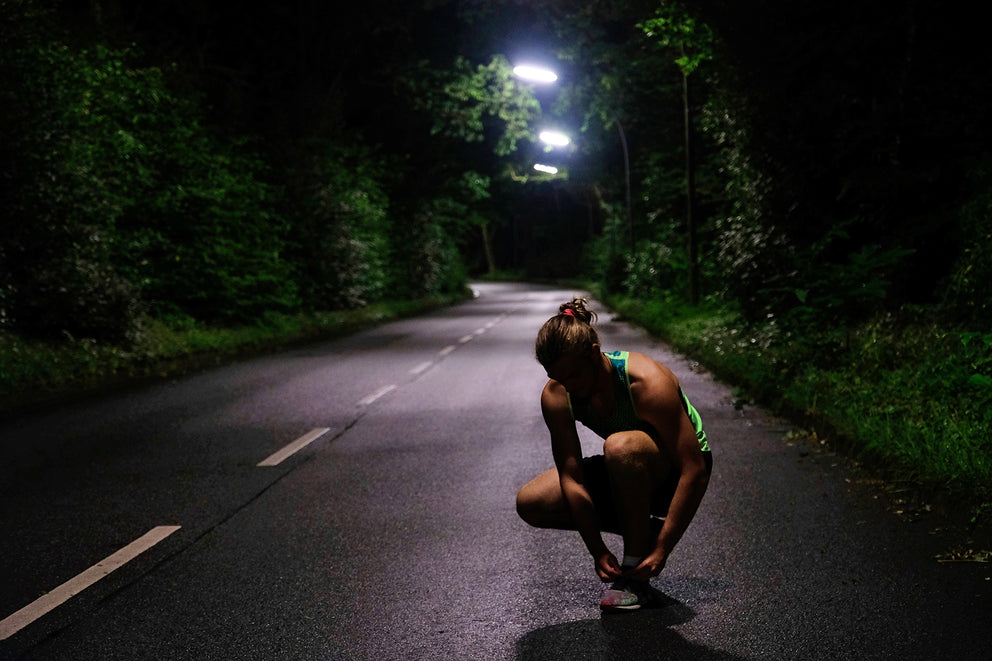It is very nearly spring and the daylight hours are noticeably increasing, so it may seem like an odd time to be publishing a buyer’s guide to bike lights! However, milder temperatures and a glimpse of sunshine will be motivating more and more people to get out on their bikes and if you have been hibernating somewhat over the winter, it may take you a little longer to do familiar routes and you are more likely than ever to be caught out by fading light in the early evening. In addition, low sunshine and unpredictable weather conditions can impair visibility during the day, meaning that it is safer to have lights on your bike whenever you cycle, even if you expect to be home well before dark.
If you are committed to preparing yourself for a year of enjoyable cycle rides by ensuring that you have all the right kit (so no poor weather, low light levels or technical hitches can catch you unawares) bike lights should be at the top of your list. Not only is it illegal not to have front (white) and rear (red) lights and reflectors on your bike after dark, it is also unsafe and difficult to ride a bike in the dark without lights – one bit of uneven ground or an unexpected obstacle and you will probably be sprawled on the road, cursing your ill-fated attempt at stealth cycling! Kitting out your bike with lights is not quite as straightforward as it sounds, though, so we have put together the following buyer’s guide to bike lights, to help you navigate the market and find the right ones for your budget and requirements.
The Terminology
Before you hit the shops (either bricks and mortar or online), it is worth familiarising yourself with the following five terms, so that you are armed with the knowledge you need to determine exactly what the lights you buy are capable of.
Watts – The wattage rating indicates the amount of power consumed by the light. Generally speaking the higher the wattage the more light the unit will emit, but an inefficient light (e.g. one that loses energy as heat) can have a higher wattage without producing the amount of light you may expect.
Lumens – a measure of the total amount of light emitted by a given source.
Lux – a measure of illumination, i.e. the intensity of light on an area or surface. This is an important consideration for many cyclists, as they often want to know how well their chosen light will illuminate the road in front of them. Some lights have a narrow beam angle that focuses directly ahead (increasing the lux rating), while others have a broader beam angle that disperses light more widely (decreasing the lux rating).
Burn Time – the amount of time it takes to go from fully charged to flat. Bear in mind that this will vary depending on which beam setting you are using.
Beam Settings – there is no industry standard for describing beam settings. Manufacturers are at liberty to describe them however they wish, which is not terribly helpful for the consumer. Some frequently used descriptions are: Flash, Pulse, Standard, Low, Regular, High and Super.
What type of bike lights do you need?

Front lights ('Seeing' Lights and 'Be Seen' Lights)
Front bike lights generally serve two purposes; to keep you visible to other road users and to help you see where you are going. If your main activity on the bike is commuting in a well-lit city centre, you will probably not require a front light that is as bright as someone who is cycling on an unlit road. If you are looking for a ‘be seen’ bike light, opt for one with a brightness rating of between 100 and 300 lumens. ‘Be seen’ lights can afford to have a lower lux rating, as widely dispersed light is no disadvantage if your main concern is to be visible to other road users. If you need a bike light that will illuminate your path - as well as alert other road users to your presence - look for a light with a rating of between 700 and 1,000 lumens.
Remember, a stronger beam provides more foresight and this will give you the opportunity to ride faster than you would be able to with a weaker light. On the flip side, a really bright light may dazzle drivers if it is mounted incorrectly so, if you go for a stronger beam, it is important that you direct it at the ground in front of you and not into the eyes of on-coming drivers. If you are out on a trail you can go for a front light of up to 1500 lumens and lift the beam a bit, as you do not have to consider on-coming cars and you may need the extra powerful beam to help you navigate uneven ground and unexpected obstacles. Look for higher lux rating for lights used on trails, as their narrow yet powerful beams will offer better illumination of the track in front of you.
Rear lights
Rear lights generally attach to the seat post of your bike. They are required to be red by law and their primary goal is to ensure that other road users see you. A beam of between 5 and 100 lumens should be adequate for a rear bike light.
Wearable lights
If you are looking to supplement the ‘be seen’ lights on your bike with additional high vis, consider investing in wearable lights. These can attach to you helmet, jacket or backpack and are a great option for people who want to pin point their own location in the road, not just that of their bike.
Back up lights
You may have a set of front and rear lights that you are happy with, but in order to be prepared for most light-related mishaps, such as batteries running out mid-journey or a fall that breaks a main light but leaves you uninjured and ready to carry on your ride, it is worth carrying a back up set with you at all times. They can either be fitted to your bike, in addition to your main set, or carried with your kit in a backpack or pannier. Back up lights are generally less powerful than your main lights, but should be lighter weight, have great battery life and take up minimal space.
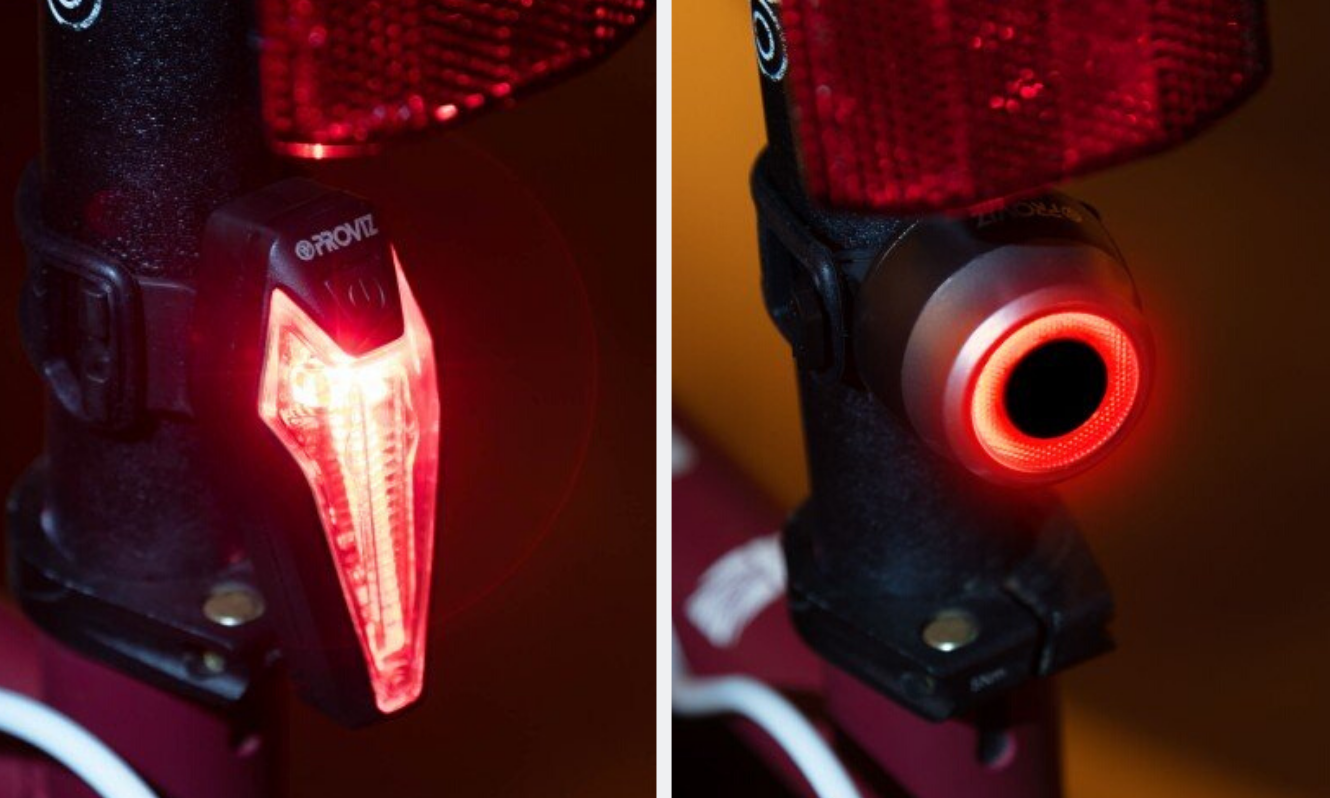
The question of power
It is still possible to by cheap bike lights that run on disposable AA batteries, but most battery powered bike lights on the market today run on lithium ion batteries that are USB rechargeable. However, if you want to be super kind to the environment, it may be worth investing is some really good dynamo bike lights. They have come a long way from the noisy, inefficient devices that were first on the market. Today’s dynamo lights do not create any noticeable friction to impede the cyclist and continue to emit light for some time after you come to a stop (so you don’t need to worry about them turning themselves off at traffic lights).
A set of good quality dynamo lights is not cheap to purchase and unless you really know your stuff, they will probably need to be fitted by a professional. However, once they are fitted they stay put on your bike, the front one usually bolted to the fork-crown and the rear one to the rear carrier or mudguard. There is no need to keep taking dynamo bike lights on and off, as you have to for battery powered lights – both for security reasons and to recharge them. Another advantage of dynamo bike lights is that they produce current constantly, never leaving you without a light (some dynamo systems on the market even allow you to charge your mobile and other electronic devices using the power you generate as you cycle). However, if you are a serious speed demon, dynamo lights are comparatively heavy and cannot be removed to give you the lightest possible bike for a time trial.

Best Bike Lights for Urban Commuters
If the main use of your bike is to get from home to the office and back again, and you live and work in a well-lit, built up area, the chances are you will need bike lights that alert other road users to your presence, rather than super-powerful ones with a high lux rating to illuminate the road in front of you. It is worth looking for lights that have at least one flashing or pulsing mode, as using these modes will make you more visible on the road than a constant beam.
You can afford to compromise a bit on battery life, as most commutes will be well within the average battery life of most bike lights on the market (and you should be able to recharge them regularly, either at work or at home). Opt for compact front and rear lights that can easily be stowed in your work bag, as you will regularly be removing them for safe keeping and recharging.
Best Bike Lights for Leisure Cyclists
As a leisure cyclist, touring the highways and byways at the weekend, you need a versatile bike light that allows you to be seen by other road users (both in urban environments and on country lanes, after dark and also at times of poor visibility, such as fog, rain and low sunshine) but also allows has enough power for you to be able to switch settings and effectively illuminate your path when you are on unlit roads or cycle paths. Look for lights with a good battery life and settings that can easily be changed on the go.
Best Bike Lights for Mountain Bikers and Trail Fanatics
Needing to be more powerful than those used by commuters and leisure cyclists, mountain bike lights are also considerably more expensive. However, a good one will allow you to tear up the trails at speed and give you the best chance of spotting any obstacles in your path in plenty of time to react to them.
Being more powerful, mountain bike lights also chew through their battery charge. Make sure that you choose one that has a battery life that will cover you for amount of time you usually spend on the trails after dark and look for a light that has a battery level indicator, so that you have ample warning before the battery is exhausted.
On last thing to consider is that mountain biking is generally rougher and messier than other types of cycling. Look for bike lights with a tough casing that will stand up to superficial bumps and knocks and can be splattered with mud and doused in water without giving up the ghost!
Finally…
We hope this guide arms you with the knowledge you need to go and purchase bike lights that are fit for your particular cycling requirements. We have deliberately avoided turning this into a run down of products to buy because there is no one-size-fits-all top 10. We thought is would be better to share a few useful facts and highlight things to look out for, in order to help you navigate the sea of lights on offer and to find the kind that is right for you. Happy shopping!

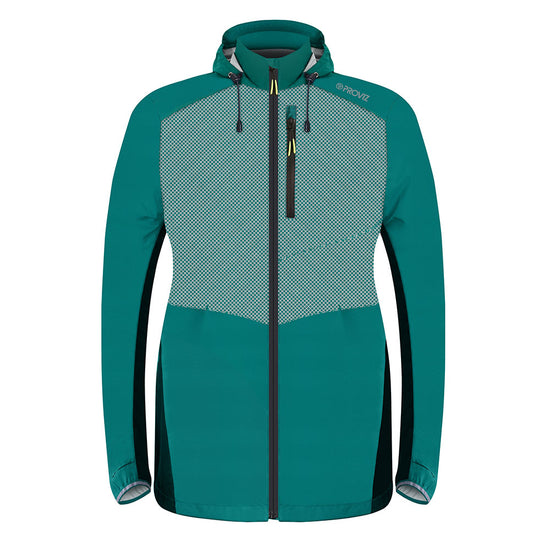
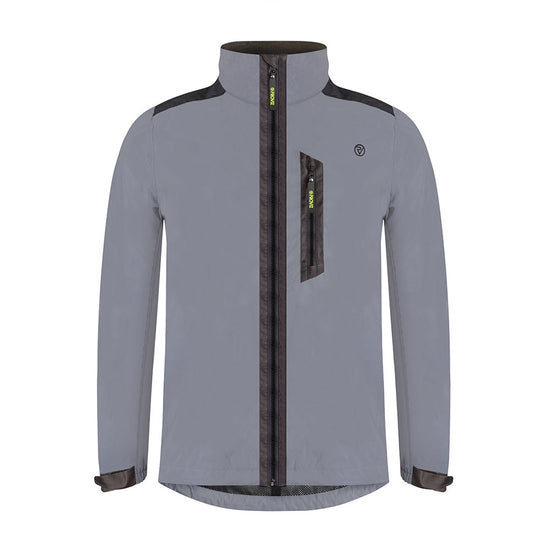
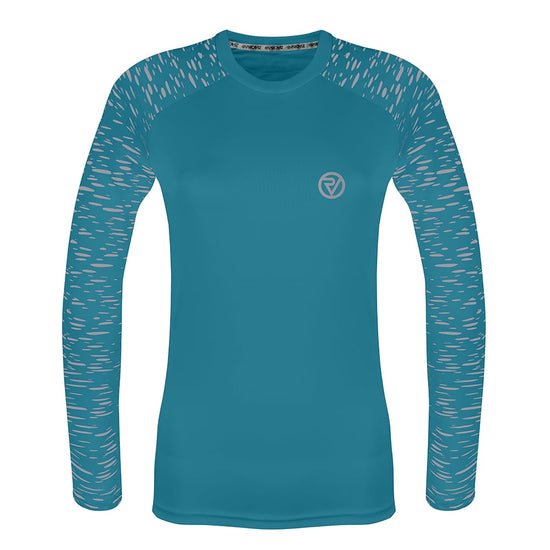
 New Customers Save 15%
New Customers Save 15%
